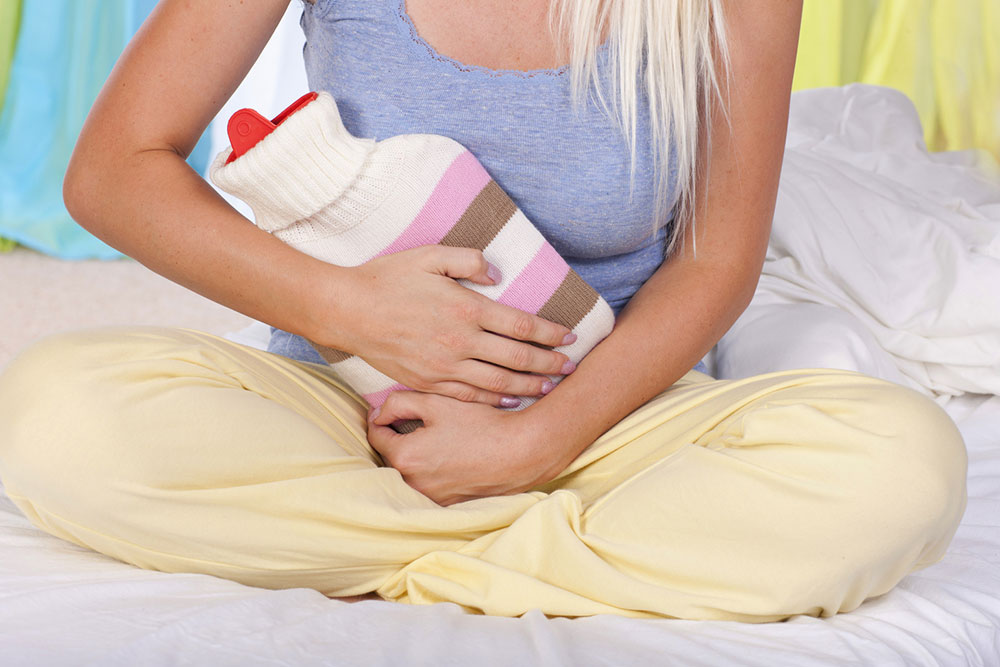Causes and Natural Remedies for Urinary Incontinence
Urinary incontinence is a health problem in which a person lacks bladder control. It is common for such individuals not to be able to hold urine back or leak urine. Around 13 million people in the country have this condition, most of them women. Besides treatments, doctors recommend several urinary incontinence remedies to help one improve bladder control, such as pelvic floor exercises, bladder retraining, and the double voiding technique.

Bladder incontinence causes
There are different types of the condition, each with a unique cause:
- Stress incontinence
It leads to urine leaks when pressure is applied to the abdominal region. Such incontinence can arise after pregnancy, menopause, hysterectomy, and other procedures. - Urge incontinence
In this type, people have sudden urges to urinate, which they cannot control. It may occur due to an enlarged prostate that makes the bladder drop and the urethra irritated. Other causes include stroke, Parkinson’s disease, multiple sclerosis, and cystitis or inflammation in the bladder lining. - Overflow incontinence
Those with this condition have a strong urge to urinate but release only a small amount and tend to leak urine later. A blockage or obstruction in the bladder is a common cause. One may develop this obstruction because of constipation, urinary stones, an enlarged prostate gland, or a tumor pressing against the bladder. - Total incontinence
When the bladder cannot hold any urine at all , it is called total incontinence. Those with this type tend to have continuous leaks throughout the day. It may result from spinal cord injury, an anatomical defect at birth, or conditions like fistula.
One may also develop urinary incontinence as a temporary symptom of urinary tract infections or using certain treatments.
Urinary incontinence remedies
Doctors recommend several natural remedies and lifestyle changes after confirming the condition:
Kegel exercises
These exercises strengthen the bladder muscles, reduce involuntary contractions, and improve posture. Here are some steps one can try:
- Tighten the pelvic muscles as if trying to control urine flow.
- Hold the position for about five seconds.
- Now relax and repeat the process a few times.
Over the days, individuals can increase the length of time they tighten their pelvic muscles. During the process, one should breathe normally and not squeeze the stomach, thighs, or buttocks. If necessary, patients can seek the guidance of a pelvic floor therapist to perform the exercise correctly.
Bladder retraining
Incontinence can cause the bladder muscles to react in a certain way. So, bladder retraining is important to reboot the muscles. One can try these steps:
- Maintain a journal specifying how frequently one urinates in a day.
- Now, try holding off for five minutes every time the urge arises to reduce the urination frequency.
- After a few weeks, recheck the frequency of urination.
Practicing these steps in combination with Kegel exercises may give quicker results. Ideally, one should be able to wait three to six hours between bathroom breaks. Adapting to this retraining may take six to eight weeks.
Acupuncture
Studies suggest acupuncture can reduce urination urgency, increase bladder capacity, and lower urination frequency. During an acupuncture session, the expert stimulates specific points in the body. One may need to undergo this natural treatment once or twice a week and complete at least 10 to 12 sessions before noticing results. It is important to choose a licensed acupuncturist for the best outcome.
Double voiding
It is an excellent technique to help empty the bladder more completely. Here’s what one has to do:
- Sit on the toilet.
- Lean slightly forward.
- Rest the hands on the thighs or knees.
- Urinate as usual.
- Wait for a few seconds.
- Lean slightly more forward.
- Try again.
Schedule toilet trips
Instead of waiting for the urge to pee, one can schedule bathroom visits and consciously go every two to four hours. This can help train the body to urinate at particular times during the day.
Manage fluid intake
Drinking enough water is necessary for good health. A lack of water can irritate the bladder lining and increase incontinence. But one must not drink more than one needs, as that can also exacerbate the condition. Avoiding fluid intake before bed is also necessary to reduce bathroom trips during the night. Experts say one should curtail fluid intake to six to eight glasses daily and avoid liquids for two to three hours before bedtime.
Food management
Some food triggers can increase incontinence symptoms. One should avoid caffeine, spicy foods, citrus fruits, tropical juices, and carbonated drinks.
Using incontinence pads
Those with urinary incontinence can consider using incontinence pants and pads. Several brands offer these for both men and women. The best pads for urinary incontinence will have good absorbency, moisture-wicking properties, and odor control.
If these natural remedies do not work, experts may recommend other treatments, such as tibial nerve stimulation and biofeedback. In more severe cases, patients may need surgery. One can discuss affordable incontinence surgery options with the doctor. Depending on the situation, the expert may suggest a procedure to reroute urine flow or enlarge the bladder.


